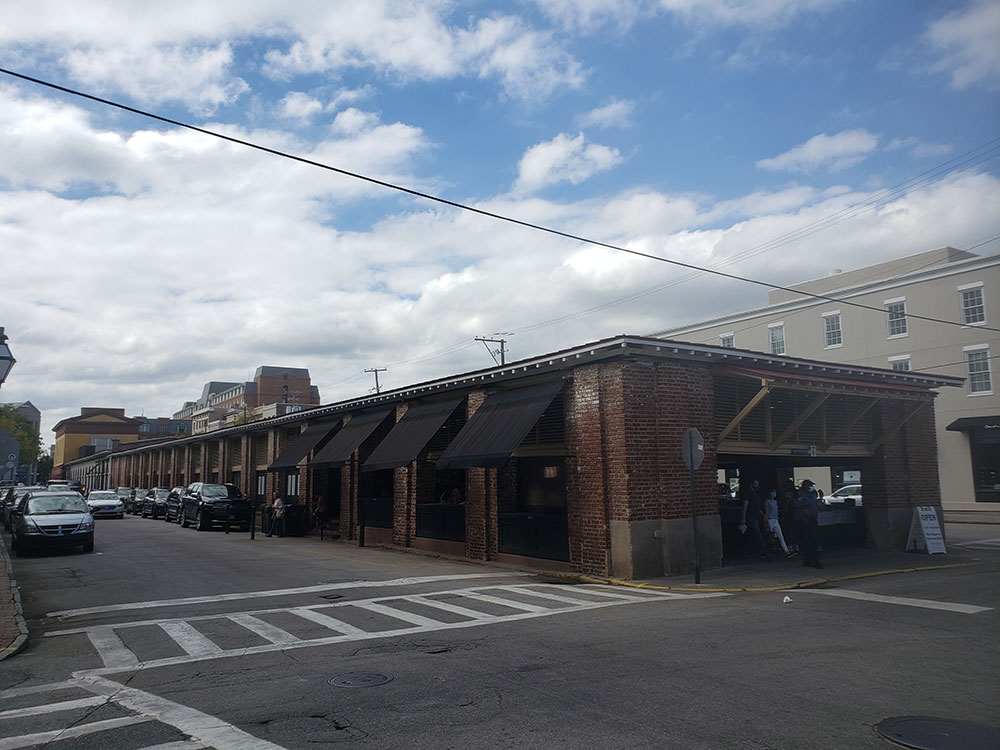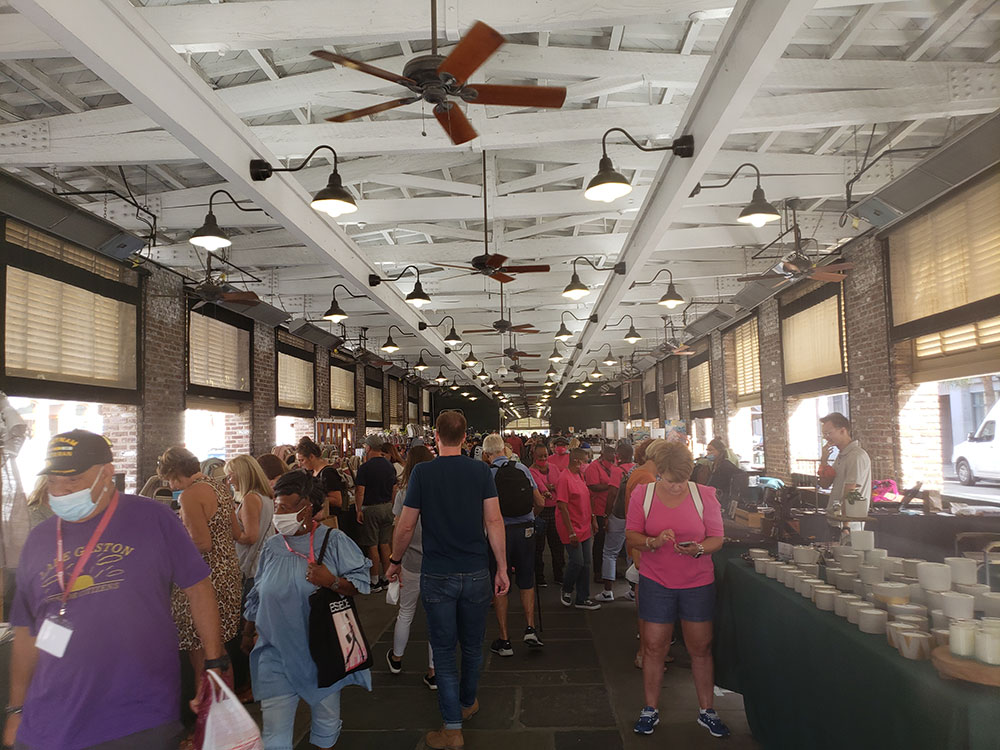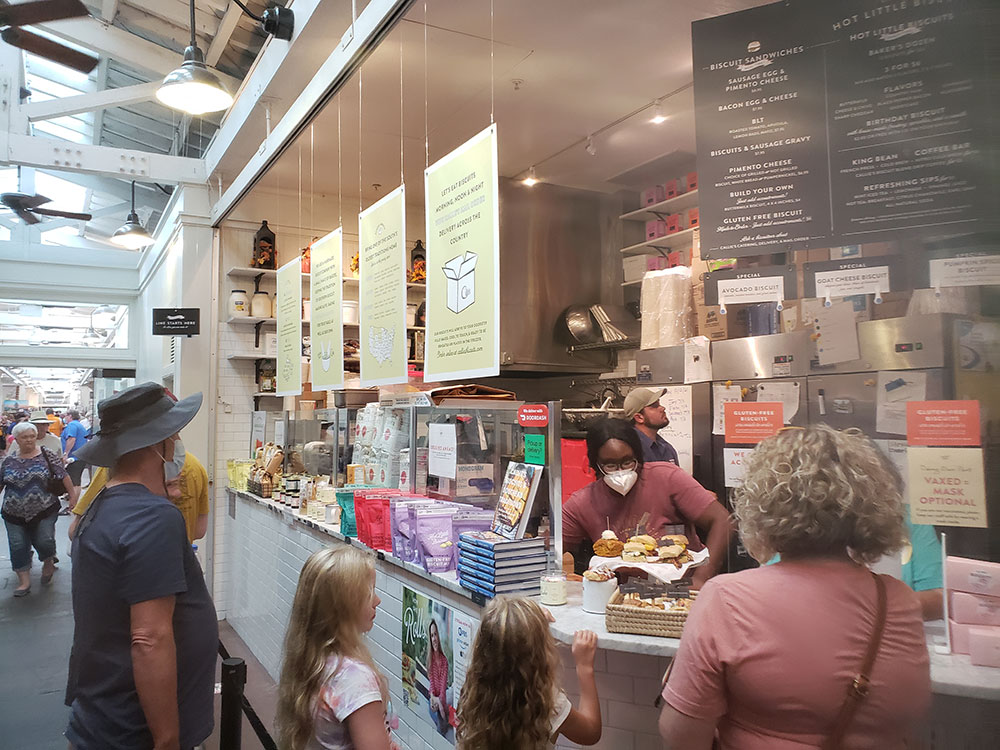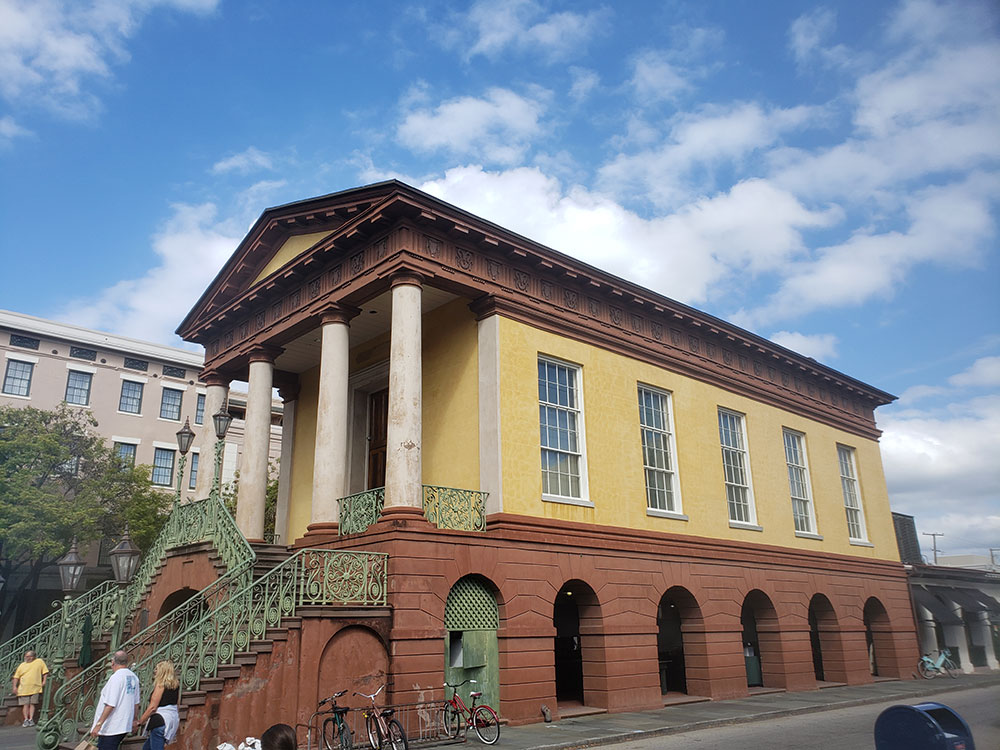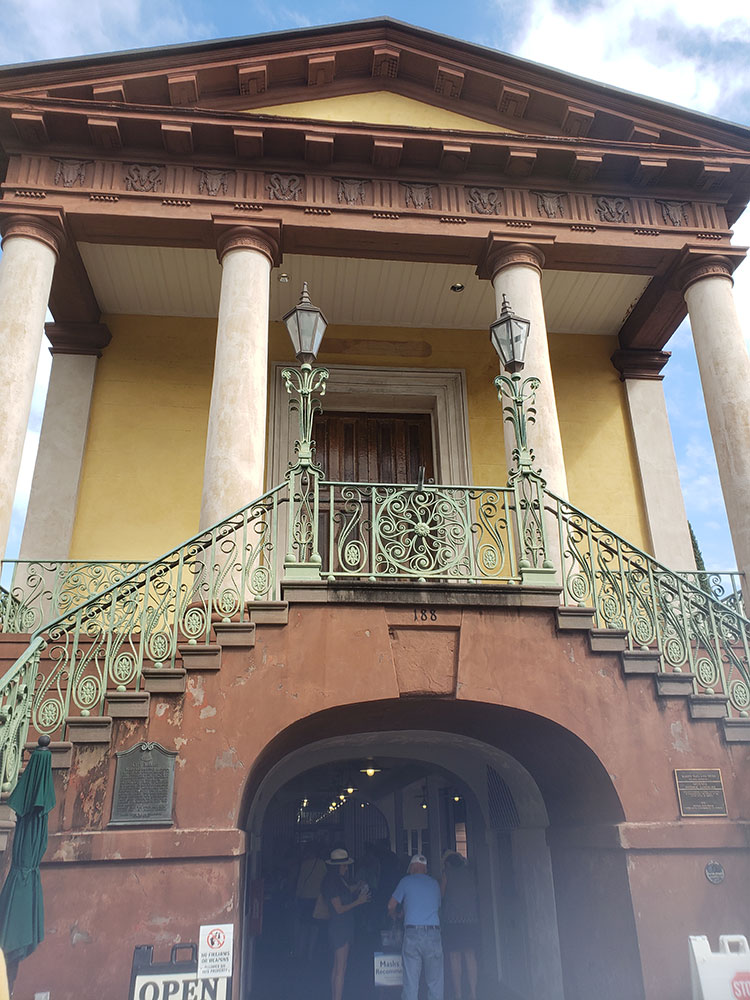Historic market complex in downtown Charleston established in the 1790s, the market stretches for four city blocks from the architecturally-significant Market Hall, through a continuous series of one-story market sheds
General Information
Sunday 1pm to 5pm
How to Get There
Head north on Meeting St toward Court House Square. Turn right onto S Market St.
Overview
The City Market is a historic market complex in downtown Charleston, South Carolina. Established in the 1790s, the market stretches for four city blocks from the architecturally-significant Market Hall, which faces Meeting Street, through a continuous series of one-story market sheds, the last of which terminates at East Bay Street. The City Market Hall has been described as a building of the "highest architectural design quality." The entire complex was listed on the National Register of Historic Places as Market Hall and Sheds and was further designated a National Historic Landmark.
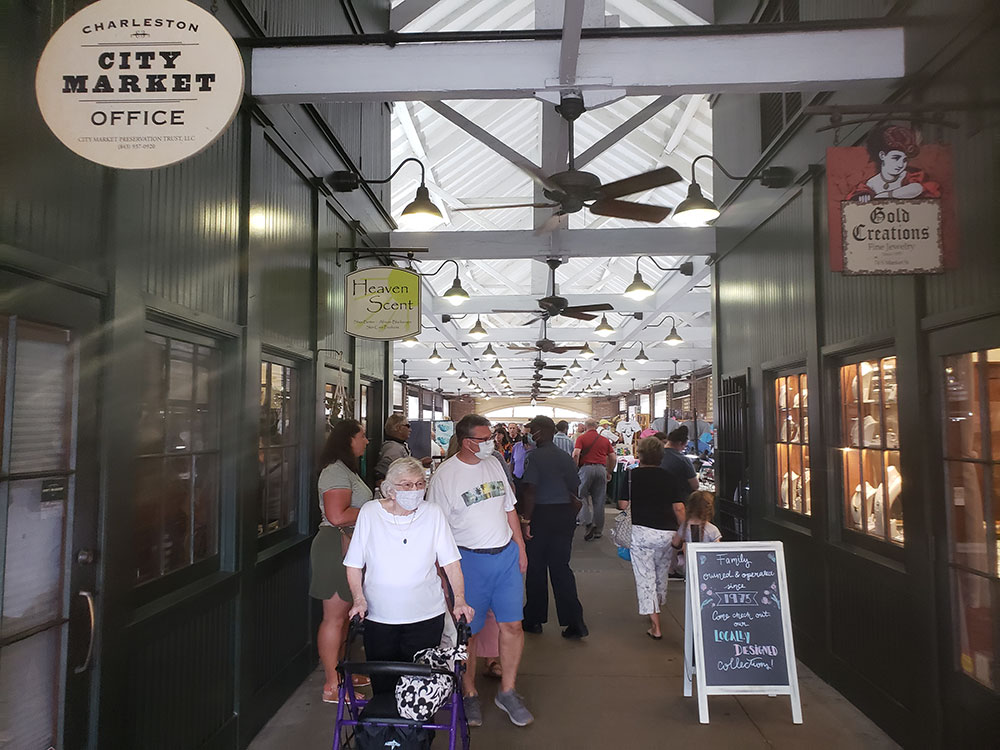
Initially known as the Centre Market, Charleston's City Market was developed as a replacement for the city's Beef Market building (on the site of Charleston's City Hall, 100 Broad Street), which burned in 1796. Market Hall, designed by Charleston architect Edward B. White, was added in the early 1840s. Throughout the 19th century, the market provided a convenient place for area farms and plantations to sell beef and produce, and also acted as a place for locals to gather and socialize. Today, the City Market's vendors sell souvenirs and other items ranging from jewelry to Gullah sweetgrass baskets.
Market Hall is a Greek Revival-style building consisting of one raised story resting atop a rusticated open ground-level arcade. The building's high base and frontal portico were inspired by Greek and Roman temples such as the Temple of Portunus and Temple of Athena Nike. The portico contains four Roman style Doric columns that support the entablature and pediment, and is accessed by a double flight of stairs with elaborate iron work. The upper floor is scored in an ashlar pattern. The cornice, portico, and Doric capitals are red sandstone, while the triglyphs and moldings are cement. The metopes in the entablature are decorated with alternating bucrania and rams' heads, which are symbols for a meat market. The hall's exterior brick walls are covered with brownstone stucco.
This article uses material from the Wikipedia article "City Market (Charleston, South Carolina)", which is released under the Creative Commons Attribution-Share-Alike License 3.0
